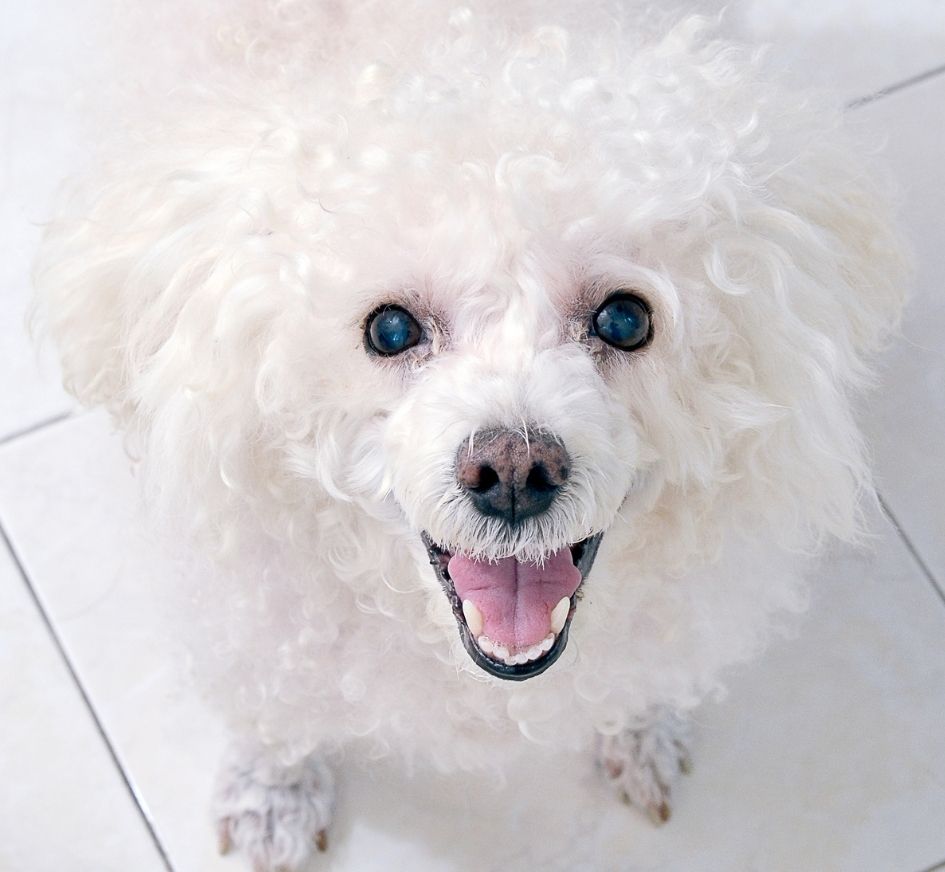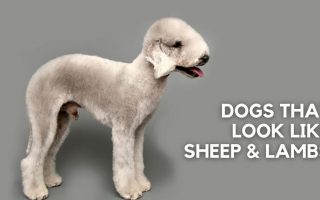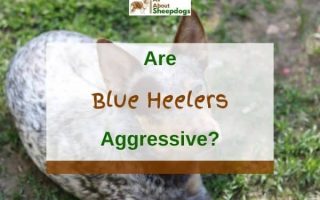Dog allergies affect a vast number of people all over the world.
This extremely common and unpleasant condition is triggered when a person with a dog allergy comes into contact with a dog.
It can result in symptoms such as sneezing, runny nose, and itchy, watery eyes.
There are many dogs which are hypoallergenic and therefore suitable for people with dog allergies as they won’t trigger a reaction.
But what about Blue Heelers?
Are Blue Heelers hypoallergenic?
Let’s find out the answer to this question, and additionally discuss whether or not Cattle Dogs tend to shed a lot.
This article will also cover how to deshed your dog, and what other things can be done to prevent frequent allergic reactions.
[wpsm_toplist]
Are Blue Heelers (Australian Cattle Dogs) Hypoallergenic?
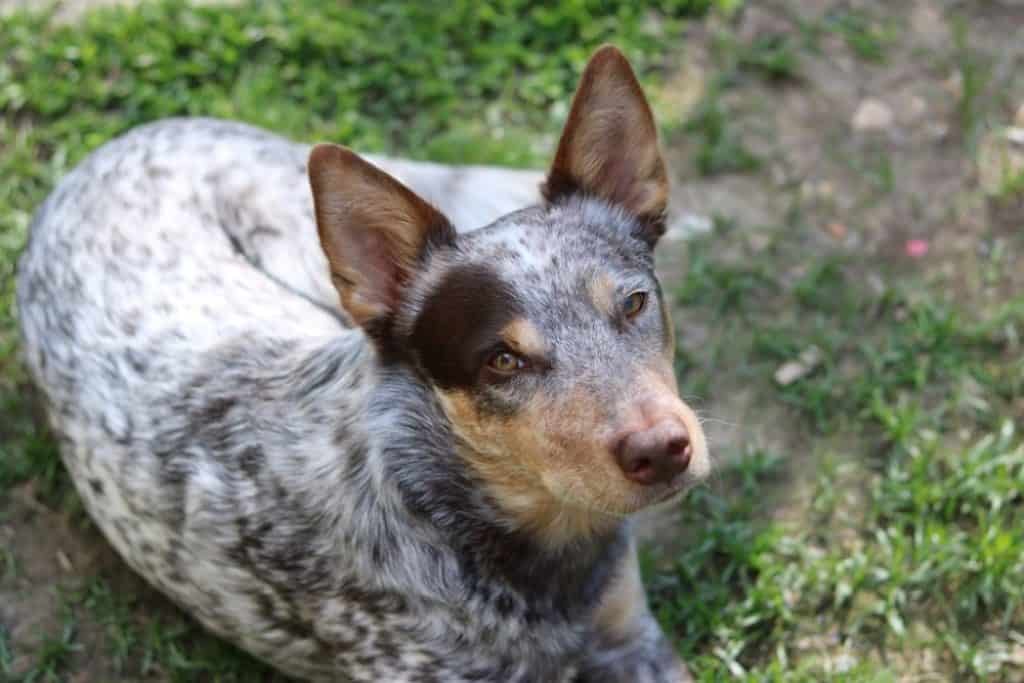
The Blue Heeler, or Australian Cattle Dog, is not a hypoallergenic breed. This means that they can potentially trigger an allergic reaction in people suffering from a dog allergy.
In fact, there are two main reasons behind why Blue Heelers are not hypoallergenic.
The first reason is because of the large amount of dander they produce.
But what exactly is dander?
Dander basically refers to tiny pieces of dried skin shed by dogs and other pets.
Dander is present in all dogs, but in some breeds, like the Blue Heeler for instance, it occurs in denser quantities.
These tiny specks of shed skin known as dander contain proteins which serve as a trigger for a dog allergy reaction.
The second reason why Blue Heelers are not hypoallergenic is because they shed their fur.
The excess loose dog hairs that fall out can cause an allergic reaction.
While there are many breeds out there with a coat that doesn’t shed, or sheds to the minimum, Blue Heelers don’t have that type of coat.
Do Blue Heelers Shed A Lot?

Blue Heelers are dogs which don’t just shed, but they shed a lot. In spite of their short, straight coat, this breed does indeed have the potential to shed rather heavily.
This is due to the fact that the Blue Heeler has dense double coat, which provides both insulation, and helps to cool these dogs down in hot summer months.
Instead of shedding moderately throughout the course of the year, the Blue Heeler will shed greatly and lose a lot of his coat during spring and autumn.
This seasonal fur shedding process is very common in various dog breeds, and is known as ‘blowing* coat.
By blowing coat twice a year, Blue Heelers can help prepare themselves for the following season that is coming up.
In spring months, Blue Heeler dogs lose their warm winter coat so they can stay cool in the summer.
On the other hand, in autumn, they will lose their summer coat and begin growing a denser, and thicker coat again.
It is this abundant shedding that can trigger frequent allergic reactions.
This is especially true in the case where your dog is not brushed very often.
If your Blue Heeler is brushed infrequently or improperly, he will be left to lose the majority of his coat naturally on his own.
In turn, his hairs will end up clinging to furniture, lying about on the floor, and flying in the air.
So what can be done about this issue, and how can I deshed my dog to limit the amount of fur he sheds?
How Do You Deshed A Double Coated Dog?
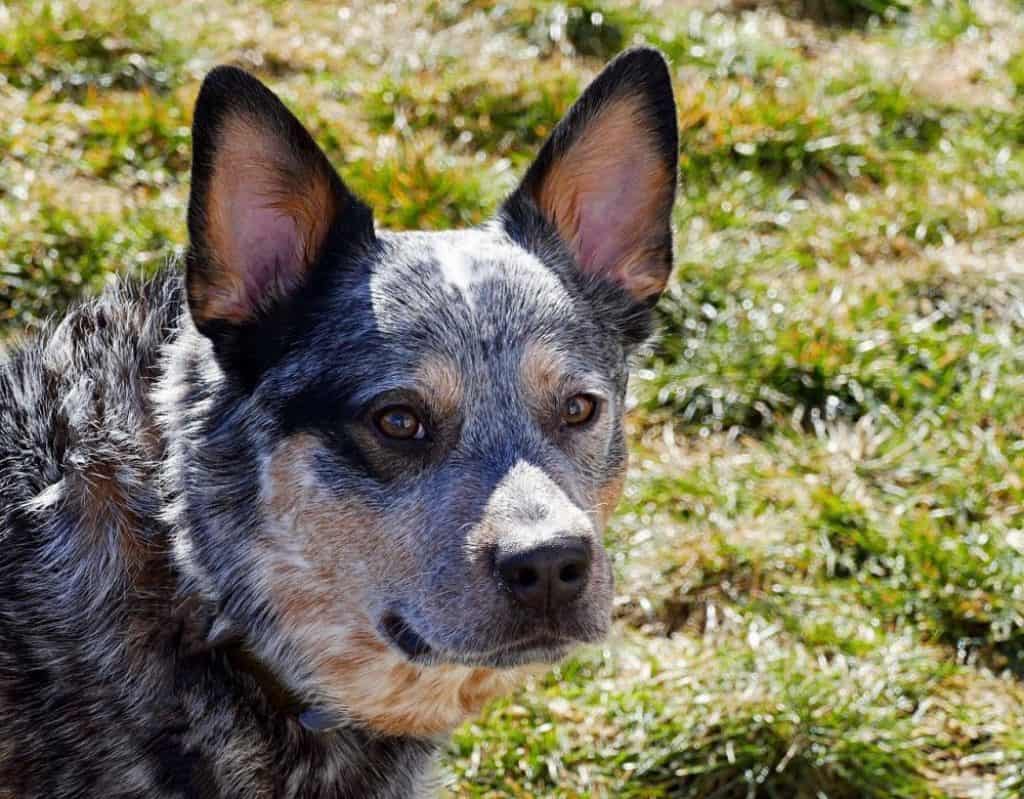
Deshedding regularly will help prevent excess dog hair in your home and may reduce allergic symptoms to a minimum.
In addition, it helps in the process of distributing your dog’s natural oils through his coat, keeping it healthy and looking lustrous.
Some breeds will only need a decent brushing once a week to keep their coat in good shape. Other dogs, with long and easily matted fur, require brushing two to three times a week.
Brushing is especially important during shedding season, when it is that your dog blows coat.
For deshedding a double coated dog you will need any kind of a pet deshedding tool or brush.
First, brush against your dog’s hair growth with the brush to pull out any loose hairs to the surface. Afterward, brush toward the hair growth to remove the fallen out hairs.
If you have a dog with very long and dense fur that is prone to matting, a metal comb may come in handy.
It will help remove any tangles and mats by parting your dog’s fur and combing out the knots.
[amazon box=”B000634IUO”]
Additionally, sometimes for easier deshedding you can use a deshedding shampoo or [amazon link=”B000634IUO” title=”detangler spray” link_icon=”amazon” /] which helps quicken the grooming process.
What Are The Best Deshedding Brushes For A Double Coated Dog?

Slicker Brush
[amazon box=”B00ZGPI3OY”]
A [amazon link=”B00ZGPI3OY” title=”slicker brush” link_icon=”amazon” /] is rectangular in shape and has fine wire bristle teeth packed close together.
This type of brush is designed ideally for the purpose of deshedding, as it helps to remove loose undercoat and dead hairs.
It can reach deep to the coat’s underlayer, and even removes knots and dead skin.
Bristle Brush
[amazon box=”B07575941G”]
A [amazon link=”B07575941G” title=”bristle brush” link_icon=”amazon” /] is another great tool for deshedding, and there are many kinds of these brushes.
Bristle brushes with shorter and tightly packed bristles are perfect for dogs with a short, sleek coat.
On the other hand, a brush with longer and wider bristle spaces is best for dogs with long, thick coats.
Bristle brushes remove dead hairs, keep your dog’s fur clean, and leave it looking shiny.
Pin brush
[amazon box=”B01IDZAEC2″]
[amazon link=”B01IDZAEC2″ title=”Pin brushes” link_icon=”amazon” /] are often wooden, and have wire pins which are spaced a bit farther apart than other brushes.
These wire pins come with little balls at the ends, which are there to prevent skin scratching while brushing your dog.
They are a fantastic tool for deshedding, as they help lift out and remove loose hair, debris, and any dirt clinging to your dog’s fur.
How To Live With A Dog And Allergies?
Experiencing symptoms of an allergy while living with a dog can be an annoying problem or inconvenience.
However, by taking the following steps, allergic reactions can be reduced to the minimum.
Practice Good Grooming Habits
Bathing your dog on a regular basis limits the amount of excess dander as well as debris particles on your dog’s coat.
It can also loosen up some of their fur so that it will be easier to deshed them afterward.
You should bathe your dog at least once a month, unless your pet shampoo bottle allows for more frequent use.
Over washing your dog can only result in dryness, irritation, itchiness, and even dry, flaky skin or dandruff.
[amazon box=”B002CZJXJK”]
The best kind of shampoo to use for washing your dog if you have pet allergies is [amazon link=”B002CZJXJK” title=”moisturizing shampoo” link_icon=”amazon” /].
Such a shampoo may contain ingredients such as nourishing oils, aloe Vera, oatmeal, or shea butter.
These will moisturize your dog’s skin and coat and prevent any dryness or itchiness following the bath.
Properly moisturized and hydrated skin results in less dander being produced.
Conditioner also moisturizes your dog’s skin and coat, and makes it sleeker and thus easier to brush out.
Give your dog a good and thorough brush after every bath.
If your dog tolerates it, you can blow-dry him out after his bath prior to brushing. This will further help to loosen up any dead undercoat and push them to the surface.
Hoover Your Home Frequently
Hoovering helps remove excess dog hairs from your home if done regularly.
As well as that, it will limit the amount of dog hairs rising to the air and landing on items in your house.
You can also vacuum your furniture if your dog resides there to pick up both dander and hair.
Keep Your Dog In The Yard During Shedding Season
If you live in a warm and dry climate, you can keep your dog in the yard as opposed to the home.
A Blue Heeler is a good outdoor dog that will do just fine living outside as long as it has a warm, comfortable kennel.
This will limit the amount of dander and dog hairs to be found in your home and on your furniture.
However, you should never keep your dog outside during cold or rainy weather, and in low winter temperatures.
This could irritate and weaken their joints and muscles, or result in hypothermia and frostbite.
Conclusion
Are Blue Heelers hypoallergenic?
No, these dogs are not hypoallergenic because they shed a lot and produce a large amount of dander.
These dogs will blow coat twice a year, resulting in much hair loss at the time.
However, measures can be taken to reduce the shedding of a Blue Heeler and any other double coated dog.
The best way is to regularly brush your dog with a deshedding brush which helps remove excess lose hairs.
You should also bathe your dog with a moisturizing shampoo and conditioner to reduce dander.
Hoovering your house regularly is also important to pick up the hairs clinging to everything in your home.
There may be no permanent cure for being allergic to dogs.
Nonetheless, by taking the right actions, it can become much easier living with a dog and dealing with this condition.

